Home>Home Appliances>Laundry Appliances>How To Operate A Samsung Washing Machine


Laundry Appliances
How To Operate A Samsung Washing Machine
Modified: March 2, 2024
Learn how to efficiently operate your Samsung washing machine for optimal laundry results. Get expert tips and tricks for using laundry appliances effectively.
(Many of the links in this article redirect to a specific reviewed product. Your purchase of these products through affiliate links helps to generate commission for Storables.com, at no extra cost. Learn more)
Introduction
Operating a Samsung washing machine is a straightforward and efficient way to keep your laundry clean and fresh. Whether you're a first-time user or a seasoned laundry expert, understanding the key steps to operate a Samsung washing machine will ensure that your clothes are cleaned effectively while maintaining the appliance's optimal performance.
In this comprehensive guide, we will delve into the essential aspects of using a Samsung washing machine, from preparing the machine and loading the laundry to selecting the appropriate wash cycle and monitoring the process. Additionally, we will explore the crucial steps of adding detergent and fabric softener, starting the washing machine, and ensuring that the laundry is removed and dried properly. Furthermore, we will touch upon the importance of cleaning and maintaining the washing machine to prolong its lifespan and preserve its efficiency.
By following the instructions outlined in this guide, you will gain valuable insights into the seamless operation of a Samsung washing machine, allowing you to achieve pristine laundry results with ease. Whether you're tackling a small load of delicates or a larger batch of heavily soiled garments, mastering the operation of your Samsung washing machine will empower you to maintain a consistent standard of cleanliness and care for your clothing.
Now, let's embark on this journey to discover the fundamental steps and best practices for operating a Samsung washing machine, ensuring that your laundry experience is not only efficient but also rewarding. Let's dive into the details of preparing the washing machine, loading the laundry, selecting the optimal wash cycle, and much more. Get ready to elevate your laundry routine with the knowledge and expertise to operate your Samsung washing machine effectively.
Key Takeaways:
- Operating a Samsung washing machine involves preparing the machine, loading the laundry, selecting the right wash cycle, and monitoring the process. Following these steps ensures effective cleaning and optimal appliance performance.
- Adding detergent and fabric softener, starting the washing machine, and monitoring the wash cycle are crucial for achieving clean and fresh laundry. Proper maintenance of the washing machine prolongs its lifespan and ensures efficient operation.
Read more: How To Operate A Washing Machine
Preparing the Washing Machine
Before initiating the washing process, it's essential to ensure that the Samsung washing machine is properly prepared. This preliminary step sets the foundation for a successful and efficient laundry cycle. Here's a detailed breakdown of the key aspects involved in preparing the washing machine:
-
Inspecting the Washing Machine: Begin by visually inspecting the exterior and interior of the washing machine. Check for any visible signs of damage, such as dents, cracks, or loose components. Additionally, ensure that the power cord and water inlet hoses are securely connected to the machine. This visual assessment helps to identify any potential issues that may affect the machine's performance.
-
Leveling the Machine: To guarantee optimal operation and minimize vibration during the wash cycle, it's crucial to ensure that the washing machine is level. Use a spirit level to check if the appliance is balanced on the floor. If the machine is not level, adjust the leveling feet at the bottom of the appliance until it is stable and even.
-
Connecting the Water Supply: If the washing machine is not already connected to the water supply, carefully attach the water inlet hoses to the corresponding hot and cold water faucets. Ensure that the hoses are securely fastened to prevent leaks during the washing process. Once connected, turn on the water supply and check for any potential leaks before proceeding.
-
Powering Up the Machine: Plug the power cord into a grounded electrical outlet. Ensure that the outlet is compatible with the washing machine's power requirements. Once the machine is connected to the power source, it's ready to be powered up and prepared for the next steps in the laundry process.
By meticulously following these preparatory steps, you can establish a solid foundation for the subsequent stages of the laundry process. Properly preparing the Samsung washing machine sets the stage for a seamless and effective washing experience, ensuring that the appliance operates at its best while delivering exceptional cleaning results for your laundry.
Loading the Laundry
Loading the laundry into a Samsung washing machine is a crucial step that directly impacts the cleaning efficiency and overall performance of the appliance. By following the recommended guidelines for loading the laundry, you can optimize the wash cycle and ensure that your garments receive thorough and gentle cleaning. Here's a detailed breakdown of the essential steps involved in loading the laundry:
-
Sorting the Laundry: Before loading the washing machine, it's important to sort the laundry based on color, fabric type, and level of soiling. Separating whites, colors, and delicate fabrics helps prevent color bleeding and ensures that each load receives the appropriate wash cycle. Additionally, sorting heavily soiled items from lightly soiled ones allows for tailored cleaning and prevents cross-contamination of dirt and stains.
-
Checking Pockets and Fastenings: Prior to loading the laundry, thoroughly check the pockets of garments to remove any items such as coins, keys, or tissues. Additionally, fasten zippers, buttons, and hooks to prevent them from snagging or causing damage to other clothing items during the wash cycle. This simple yet crucial step helps safeguard the integrity of your garments and the washing machine itself.
-
Loading Capacity: Be mindful of the washing machine's loading capacity and avoid overfilling the drum. Overloading the machine can lead to ineffective cleaning and excessive wear on the appliance. Refer to the manufacturer's guidelines to determine the recommended load capacity for your specific Samsung washing machine model. By adhering to the designated capacity, you can ensure optimal cleaning performance and minimize strain on the appliance.
-
Even Distribution: When loading the laundry into the washing machine, strive for an even distribution of garments within the drum. Distribute items such as shirts, pants, and smaller articles evenly to maintain balance and reduce vibration during the wash cycle. This balanced distribution promotes thorough cleaning and prevents the machine from becoming unbalanced, which can impact its performance.
-
Adding Delicate Items Last: If you're washing delicate or lightweight items, such as lingerie or small accessories, consider adding them to the load last. Placing delicate items on top of the main load can help protect them from excessive agitation and potential damage during the wash cycle.
By meticulously following these steps when loading the laundry into your Samsung washing machine, you can optimize the cleaning process and ensure that your garments receive the care and attention they deserve. This thoughtful approach to loading the laundry sets the stage for a successful and effective wash cycle, allowing you to achieve outstanding cleaning results while preserving the quality of your clothing.
Selecting the Wash Cycle
Choosing the appropriate wash cycle is a pivotal step in operating a Samsung washing machine effectively. The diverse range of wash cycles available on modern washing machines allows users to tailor the cleaning process to suit specific fabric types, soil levels, and laundry requirements. By understanding the various wash cycle options and their respective benefits, users can optimize the cleaning performance while preserving the integrity of their garments.
Understanding Wash Cycle Options
Samsung washing machines typically offer a selection of wash cycles designed to accommodate a wide array of laundry needs. Common wash cycle options may include Normal, Delicates, Heavy Duty, Quick Wash, Bedding, and more. Each wash cycle is engineered to deliver specific cleaning actions, water temperatures, and spin speeds tailored to different types of fabrics and soil levels.
Matching the Cycle to the Laundry
When selecting the wash cycle, it's essential to match the cycle to the specific laundry being washed. For everyday clothing items, the Normal cycle is a versatile option suitable for a wide range of fabrics and soil levels. Delicate fabrics, such as silk or lace, benefit from the gentle agitation and lower spin speeds of the Delicates cycle. For heavily soiled garments or larger items like bedding and towels, the Heavy Duty cycle provides robust cleaning power and extended wash times to tackle tough stains and dirt.
Specialty Cycles for Specific Needs
In addition to standard wash cycles, Samsung washing machines often feature specialty cycles tailored to address unique laundry needs. These may include options such as Sanitize, Allergen, and Steam Wash cycles, which offer enhanced cleaning capabilities to remove bacteria, allergens, and wrinkles from clothing. By utilizing these specialty cycles when needed, users can ensure thorough cleaning and hygiene for their laundry, particularly for items requiring extra care and attention.
Customizing Cycle Settings
Many Samsung washing machines allow users to customize cycle settings further, such as adjusting water temperature, soil level, and spin speed. This level of customization empowers users to fine-tune the wash cycle according to their preferences and the specific requirements of the laundry load. By leveraging these customizable settings, users can achieve tailored cleaning results while conserving energy and water usage based on the unique characteristics of each load.
Optimizing Efficiency and Performance
By selecting the appropriate wash cycle and leveraging customizable settings, users can optimize the efficiency and performance of their Samsung washing machine. This strategic approach not only ensures exceptional cleaning results but also promotes the longevity of garments by minimizing wear and tear during the cleaning process. Furthermore, selecting the right wash cycle contributes to energy and water conservation, aligning with sustainable laundry practices.
In essence, the process of selecting the wash cycle on a Samsung washing machine is a pivotal aspect of achieving superior cleaning outcomes while preserving the quality of clothing. By understanding the diverse wash cycle options, matching them to specific laundry needs, and customizing settings as necessary, users can harness the full potential of their washing machine to elevate their laundry experience.
Adding Detergent and Fabric Softener
The process of adding detergent and fabric softener to a Samsung washing machine plays a pivotal role in achieving optimal cleaning results while preserving the quality and softness of garments. By following the recommended guidelines for detergent and fabric softener usage, users can ensure that their laundry receives thorough cleaning and emerges from the wash cycle with a fresh and soft finish.
Selecting the Right Detergent
Choosing the appropriate detergent is the first step in the process of adding cleaning agents to the washing machine. It is essential to select a high-quality laundry detergent that is compatible with the type of fabrics being washed and the soil level of the laundry load. For standard laundry needs, a versatile liquid or powder detergent designed for regular or high-efficiency washing machines is suitable. However, for specialized fabrics or specific cleaning requirements, such as stain removal or color preservation, selecting a detergent formulated for those purposes can enhance the cleaning efficacy.
Measuring the Detergent
Accurately measuring the detergent is crucial to avoid overuse or underuse of the cleaning agent. Refer to the manufacturer's guidelines on the detergent packaging to determine the recommended amount based on the load size and soil level. Most modern washing machines, including Samsung models, feature detergent dispensers or compartments designed to hold the appropriate amount of detergent for each wash cycle. Carefully pour the measured detergent into the designated dispenser, ensuring that it is securely closed before initiating the wash cycle.
Adding Fabric Softener
In addition to detergent, fabric softener can be utilized to impart a soft and fresh feel to the laundry. Fabric softener is particularly beneficial for items such as towels, linens, and clothing made from synthetic or blended fabrics. When adding fabric softener to a Samsung washing machine, locate the designated fabric softener compartment within the detergent dispenser. Measure the recommended amount of fabric softener based on the load size and pour it into the designated compartment. The washing machine will dispense the fabric softener at the appropriate stage of the wash cycle, ensuring that it is evenly distributed among the garments.
Read more: How To Balance Samsung Washer
Utilizing Specialty Additives
Some Samsung washing machines offer the option to incorporate specialty additives, such as bleach or color-safe brighteners, to address specific laundry needs. When using these additives, carefully follow the manufacturer's instructions and guidelines to ensure safe and effective usage. Specialty additives can enhance the cleaning and appearance of the laundry, particularly for items requiring targeted treatment for stains, discoloration, or brightness preservation.
By meticulously following these steps for adding detergent and fabric softener to a Samsung washing machine, users can optimize the cleaning process and ensure that their laundry emerges from the wash cycle clean, fresh, and soft to the touch. This thoughtful approach to utilizing cleaning agents contributes to the overall care and maintenance of garments, promoting a positive and rewarding laundry experience.
Starting the Washing Machine
Once the Samsung washing machine is prepared, the next crucial step is to initiate the wash cycle and commence the cleaning process. Starting the washing machine involves a few simple yet essential actions that set the stage for a successful and efficient laundry cycle.
To begin, ensure that the washing machine's power cord is securely plugged into a grounded electrical outlet. Confirm that the outlet meets the machine's power requirements to avoid any electrical issues during operation. With the power source established, the washing machine is ready to be powered up and prepared for the next steps in the laundry process.
Next, select the desired wash cycle based on the specific laundry being washed. Samsung washing machines typically offer a range of wash cycle options, each tailored to address different fabric types, soil levels, and laundry requirements. By choosing the appropriate wash cycle, users can optimize the cleaning performance and ensure that their garments receive the care and attention they deserve.
Once the wash cycle is selected, adjust any customizable settings, such as water temperature, soil level, or spin speed, to further tailor the wash cycle to the unique characteristics of the laundry load. Customizing these settings allows users to fine-tune the cleaning process according to their preferences and the specific requirements of the garments being washed.
After confirming the wash cycle and any customized settings, the final step in starting the washing machine is to initiate the cycle. Depending on the model of the Samsung washing machine, this may involve pressing a start button or activating the cycle through a digital control panel. Once the cycle is initiated, the washing machine will begin the cleaning process, utilizing the selected wash cycle and settings to deliver thorough and effective cleaning for the laundry load.
By following these steps to start the washing machine, users can ensure that the cleaning process is initiated seamlessly and that the laundry receives the optimal care and attention it deserves. This straightforward yet crucial phase sets the foundation for a successful wash cycle, allowing users to achieve exceptional cleaning results while maintaining the efficiency and performance of their Samsung washing machine.
Monitoring the Wash Cycle
Once the wash cycle is underway in your Samsung washing machine, it's essential to monitor the process to ensure that the laundry is being cleaned effectively while the appliance operates smoothly. Monitoring the wash cycle involves staying attentive to the machine's performance, making any necessary adjustments, and being mindful of the cycle's progress.
One key aspect of monitoring the wash cycle is observing the machine's operation during the initial stages of the cycle. As the washing machine fills with water and begins agitating the laundry, listen for any unusual noises or vibrations that may indicate an imbalance or potential issue. Additionally, visually inspect the machine to ensure that it is operating smoothly and that the drum is rotating evenly, maintaining a balanced and stable motion.
Throughout the wash cycle, periodically check the machine to ensure that it continues to operate without any disruptions. Keep an eye on the digital display or control panel to monitor the remaining time of the cycle and any relevant status indicators. This allows you to stay informed about the progress of the wash cycle and anticipate when the laundry will be ready for the next steps in the process.
In the event that you need to make adjustments to the wash cycle, such as pausing the cycle to add a forgotten item or modifying the settings based on the laundry's condition, refer to the washing machine's user manual for guidance on how to safely and effectively manage the cycle. Samsung washing machines often feature user-friendly controls that allow for convenient adjustments, empowering users to optimize the cleaning process as needed.
As the wash cycle nears its completion, be prepared to attend to the laundry promptly once the machine signals the end of the cycle. Upon completion, the washing machine may emit an audible signal or display a notification to indicate that the cycle has finished. At this point, carefully open the machine's door and remove the laundry, ensuring that it is promptly transferred to the drying process or further treatment as necessary.
By actively monitoring the wash cycle and staying attuned to the performance of your Samsung washing machine, you can ensure that the laundry receives the care and attention it requires while maintaining the appliance's optimal operation. This proactive approach to monitoring the wash cycle contributes to a seamless and effective laundry experience, allowing you to achieve outstanding cleaning results with confidence and ease.
Removing and Drying the Laundry
After the wash cycle is complete in your Samsung washing machine, the next critical step is to promptly remove the laundry and proceed with the drying process. This phase of the laundry routine requires attentiveness and care to ensure that the freshly cleaned garments are handled appropriately for optimal drying and subsequent storage or use.
Upon the completion of the wash cycle, the washing machine may emit an audible signal or display a notification to indicate that the laundry is ready to be removed. It is essential to respond promptly to this signal to prevent the laundry from sitting in the machine and potentially developing wrinkles or odors.
When removing the laundry from the washing machine, handle the garments gently to minimize wrinkles and maintain their freshly cleaned state. Carefully transfer the laundry to a suitable drying area, such as a clothesline, drying rack, or dryer, depending on the specific drying method preferred for the garments.
For items that are to be air-dried, such as delicate fabrics or clothing with specific care instructions, arrange the garments evenly on a drying rack or clothesline to allow for adequate air circulation. This method helps preserve the integrity of the fabrics while facilitating thorough drying without the use of heat.
If utilizing a dryer for the drying process, promptly transfer the laundry from the washing machine to the dryer, ensuring that the load is balanced within the dryer drum. Refer to the garment care labels and dryer settings to select the appropriate drying temperature and cycle duration for the specific fabrics being dried.
Throughout the drying process, periodically check the garments to monitor their progress and ensure that they are drying evenly and without any issues. For items that require special attention, such as knits, woolens, or delicates, consider using a low-heat setting to prevent potential damage while achieving thorough drying.
Once the drying process is complete, promptly remove the garments from the drying area or dryer to prevent wrinkles from setting in. Fold or hang the dried laundry as necessary, and promptly store or use the garments to maintain their fresh and clean condition.
By meticulously following these steps for removing and drying the laundry from your Samsung washing machine, you can ensure that the freshly cleaned garments receive the care and attention they deserve. This thoughtful approach to handling the laundry post-wash cycle contributes to the overall maintenance and longevity of the garments, allowing you to enjoy the benefits of clean and well-cared-for clothing.
Read more: How To Clean Samsung Washer
Cleaning and Maintaining the Washing Machine
Proper cleaning and maintenance of your Samsung washing machine are essential to ensure its longevity and optimal performance. By incorporating regular cleaning practices and adhering to maintenance guidelines, you can preserve the efficiency of the appliance while promoting hygienic laundry outcomes.
Cleaning the Exterior and Interior
Begin by cleaning the exterior of the washing machine using a mild detergent solution and a soft cloth. Wipe down the control panel, door, and exterior surfaces to remove any dust, stains, or residue. Additionally, inspect the rubber door seal for any debris or moisture accumulation, ensuring it is clean and dry to prevent mold or mildew growth.
For the interior of the washing machine, perform a maintenance wash by running a hot water cycle with a washing machine cleaner or a mixture of white vinegar and baking soda. This process helps eliminate detergent buildup, odors, and bacteria within the drum and hoses, contributing to improved cleaning performance and hygiene.
Maintaining the Drum and Dispensers
Regularly inspect the drum for any foreign objects, such as coins or small garments, that may have become lodged during the laundry cycles. Additionally, clean the detergent and fabric softener dispensers to prevent clogs and ensure proper dispensing during wash cycles. Remove and rinse the dispensers thoroughly to eliminate any detergent or softener residue.
Checking the Water Inlet Filters
Periodically inspect the water inlet filters located at the back of the washing machine. Turn off the water supply, disconnect the hoses, and examine the filters for any debris or sediment buildup. Clean the filters using a soft brush or cloth to ensure unobstructed water flow, promoting efficient washing performance.
Read more: How To Drain A Samsung Washer
Ensuring Proper Ventilation
Maintain adequate ventilation around the washing machine to prevent moisture accumulation and promote airflow. Ensure that the space around the appliance is free from obstructions, allowing for proper air circulation and preventing the development of mold or mildew. Additionally, periodically clean the exhaust vent if your washing machine is equipped with a dryer function.
Addressing Maintenance Alerts
Pay attention to any maintenance alerts or error codes displayed by the washing machine. If the appliance indicates a maintenance issue, refer to the user manual for guidance on troubleshooting and resolving the specific concern. Addressing maintenance alerts promptly can prevent potential issues from escalating and ensure the continued functionality of the washing machine.
By integrating these cleaning and maintenance practices into your routine, you can uphold the performance and longevity of your Samsung washing machine while promoting hygienic and efficient laundry care. Regular attention to the cleanliness and maintenance of the appliance contributes to a seamless and rewarding laundry experience, allowing you to enjoy consistently clean and fresh garments.
Frequently Asked Questions about How To Operate A Samsung Washing Machine
Was this page helpful?
At Storables.com, we guarantee accurate and reliable information. Our content, validated by Expert Board Contributors, is crafted following stringent Editorial Policies. We're committed to providing you with well-researched, expert-backed insights for all your informational needs.
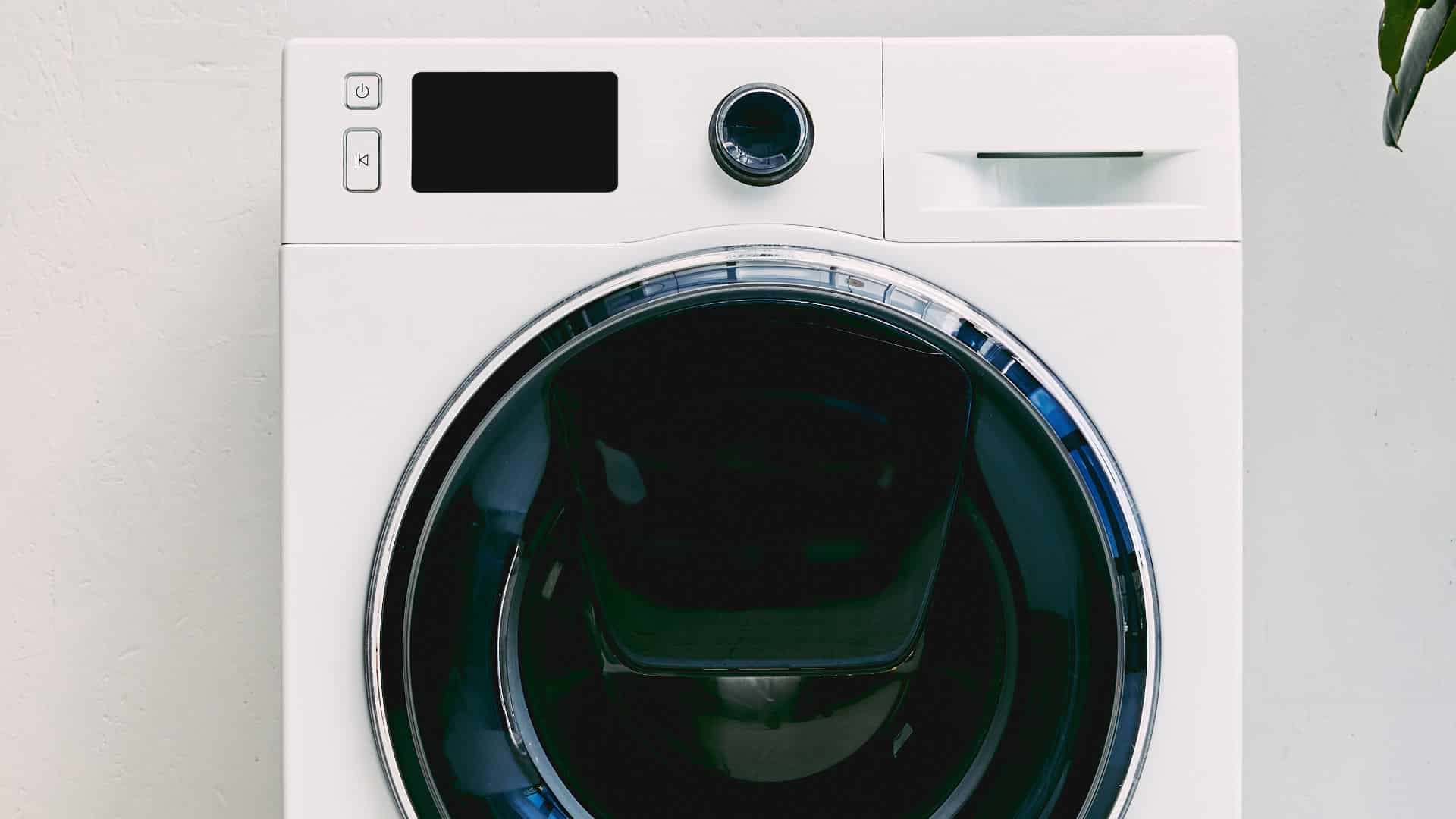

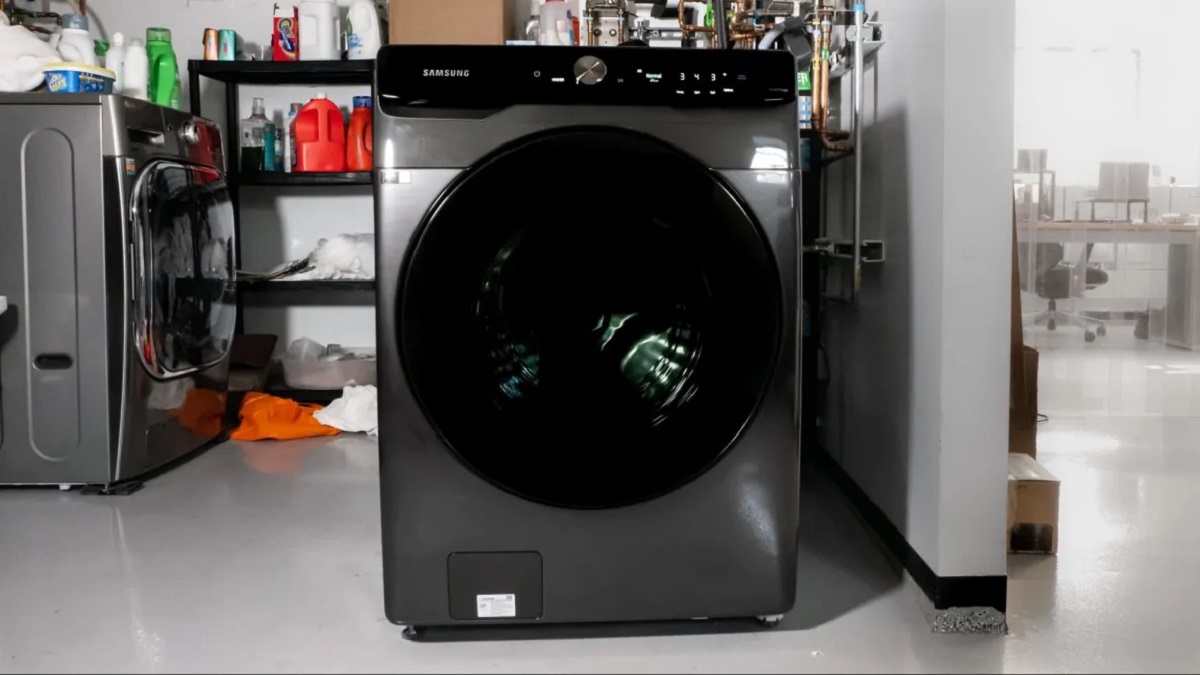
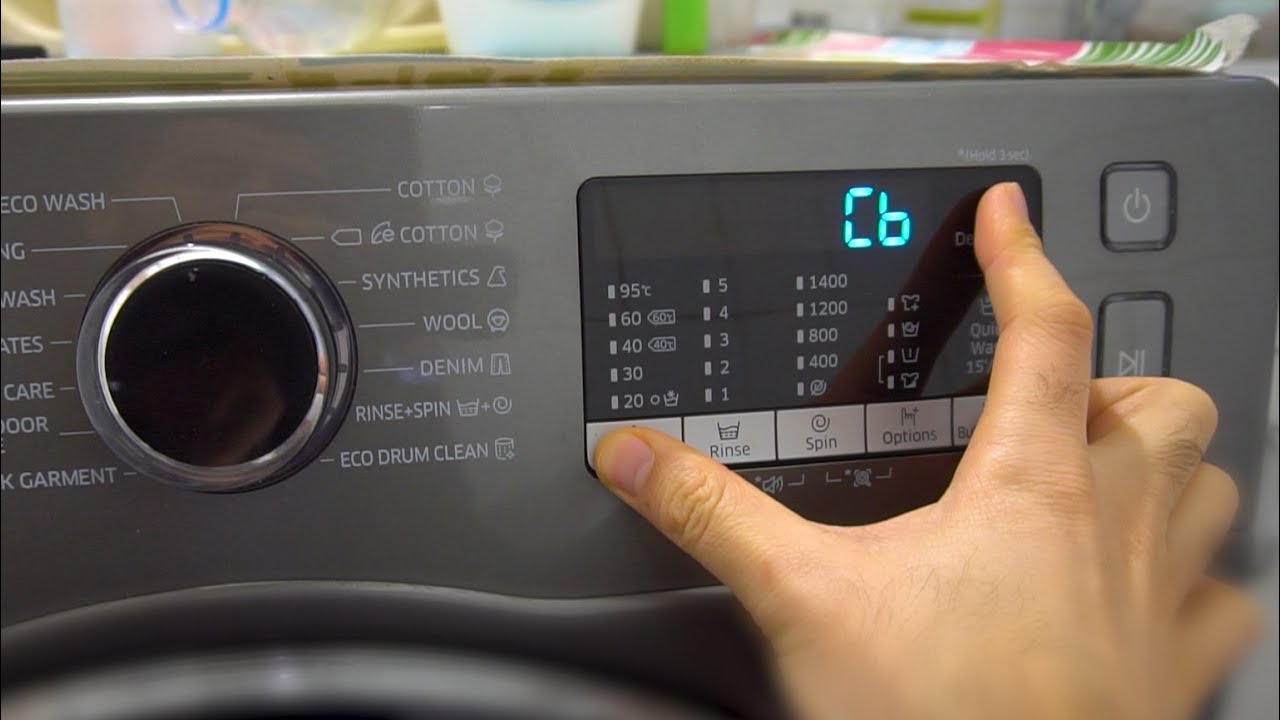


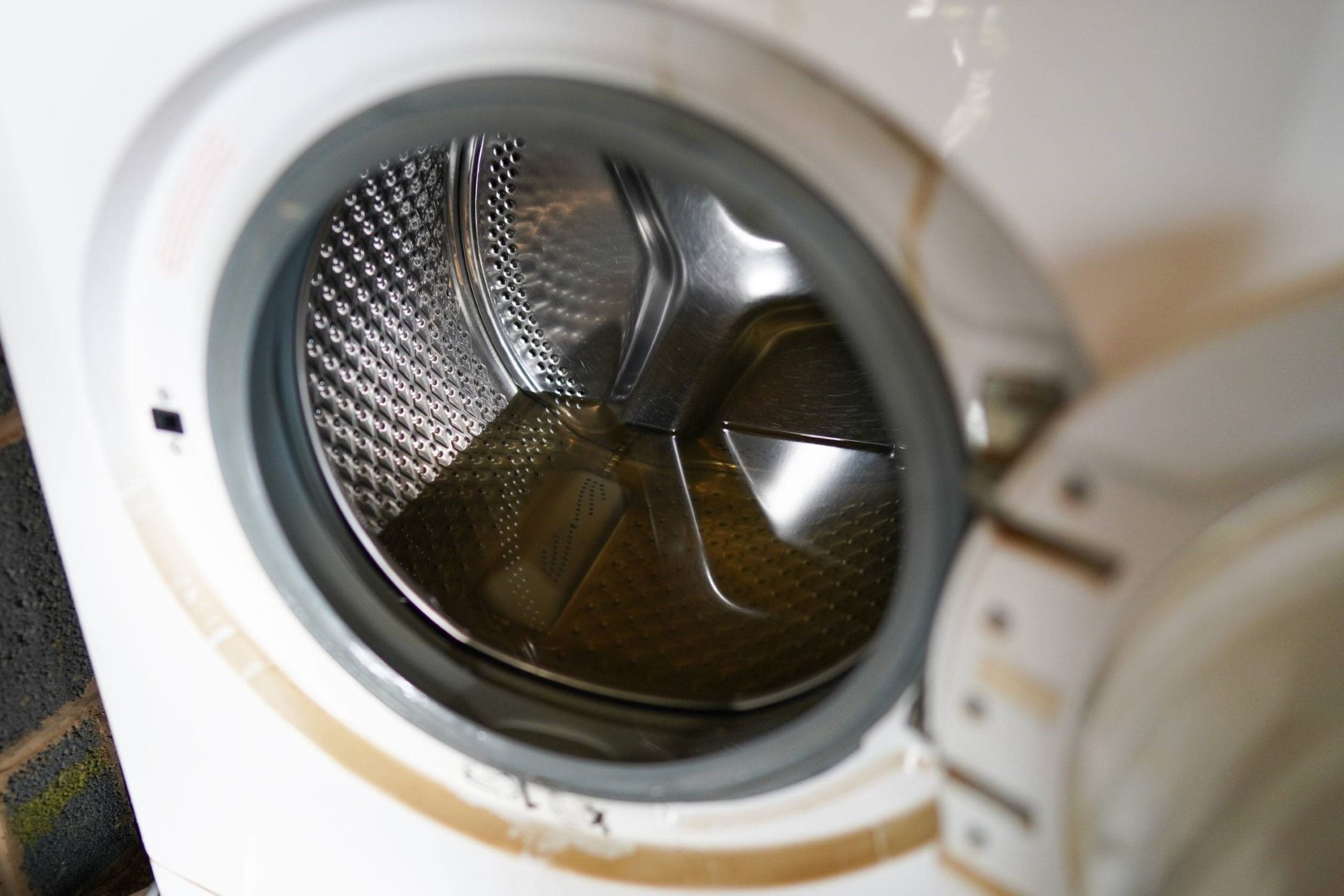

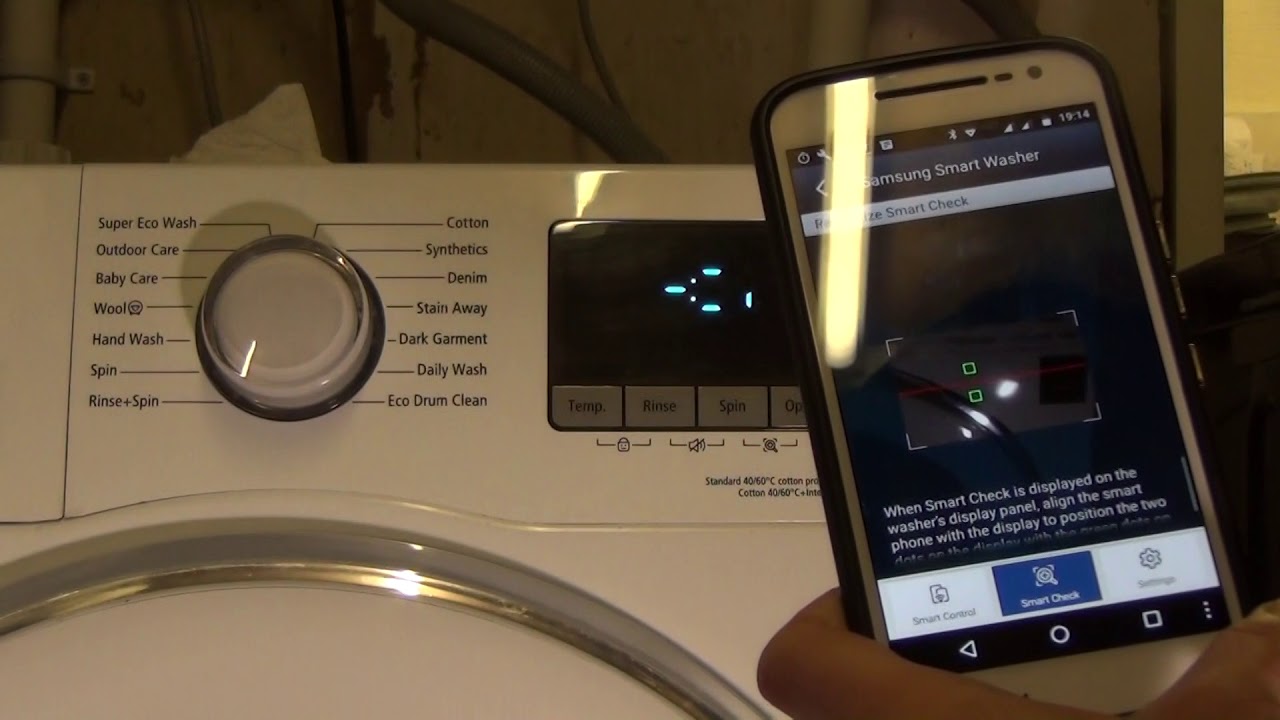
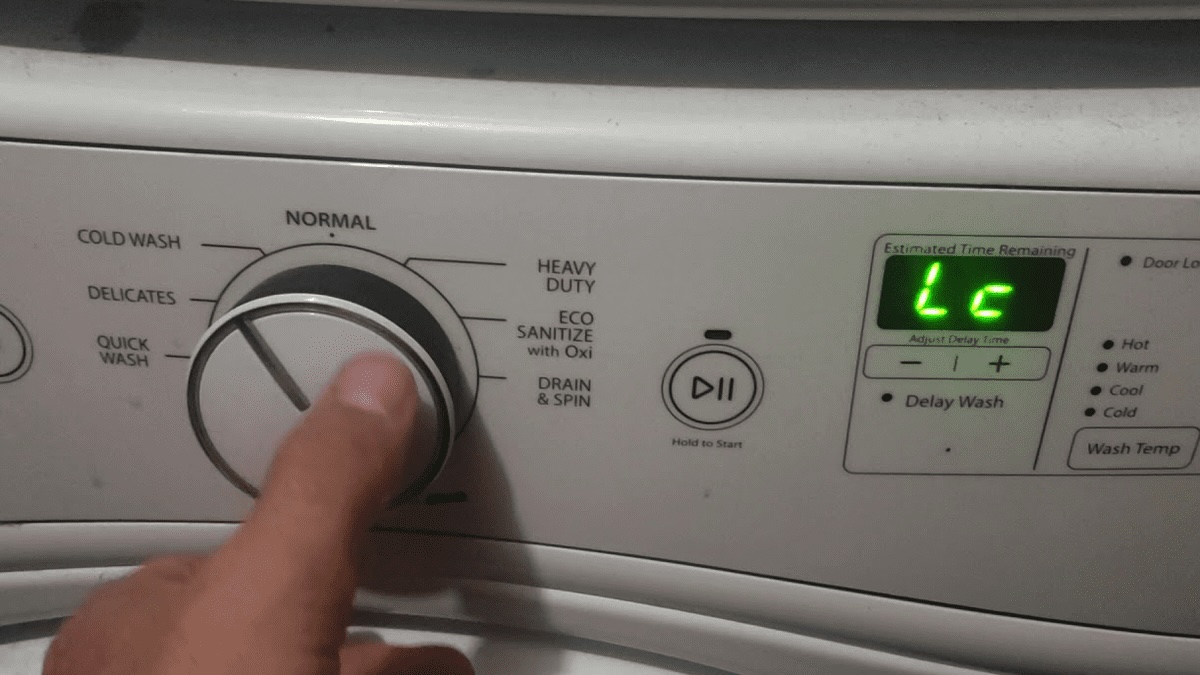

0 thoughts on “How To Operate A Samsung Washing Machine”